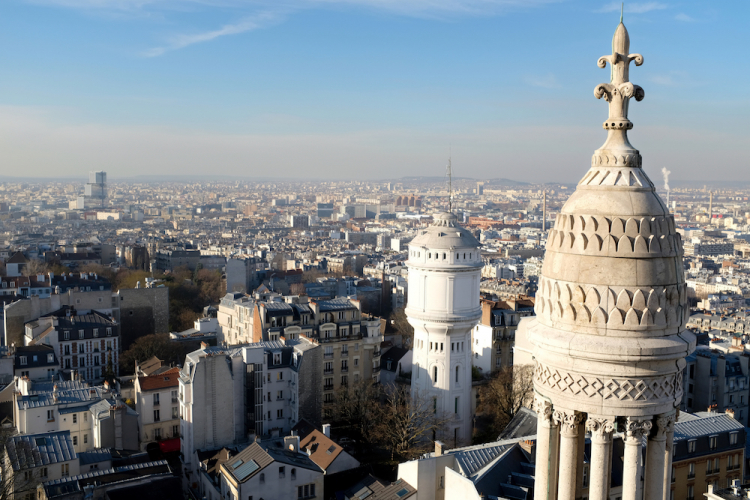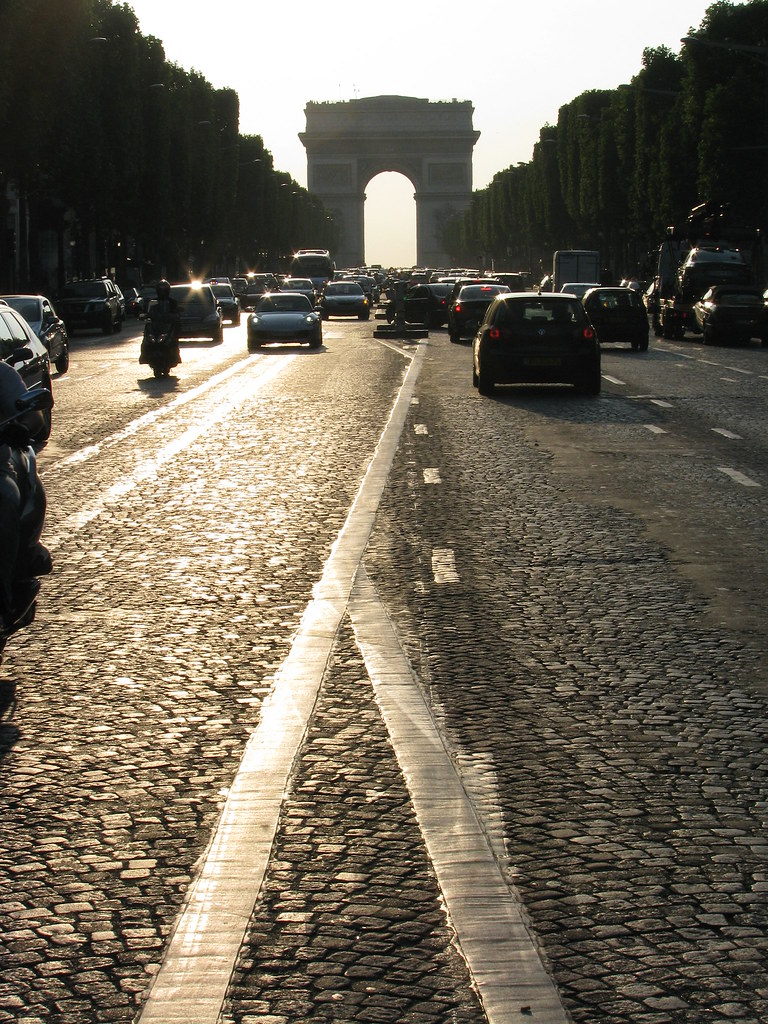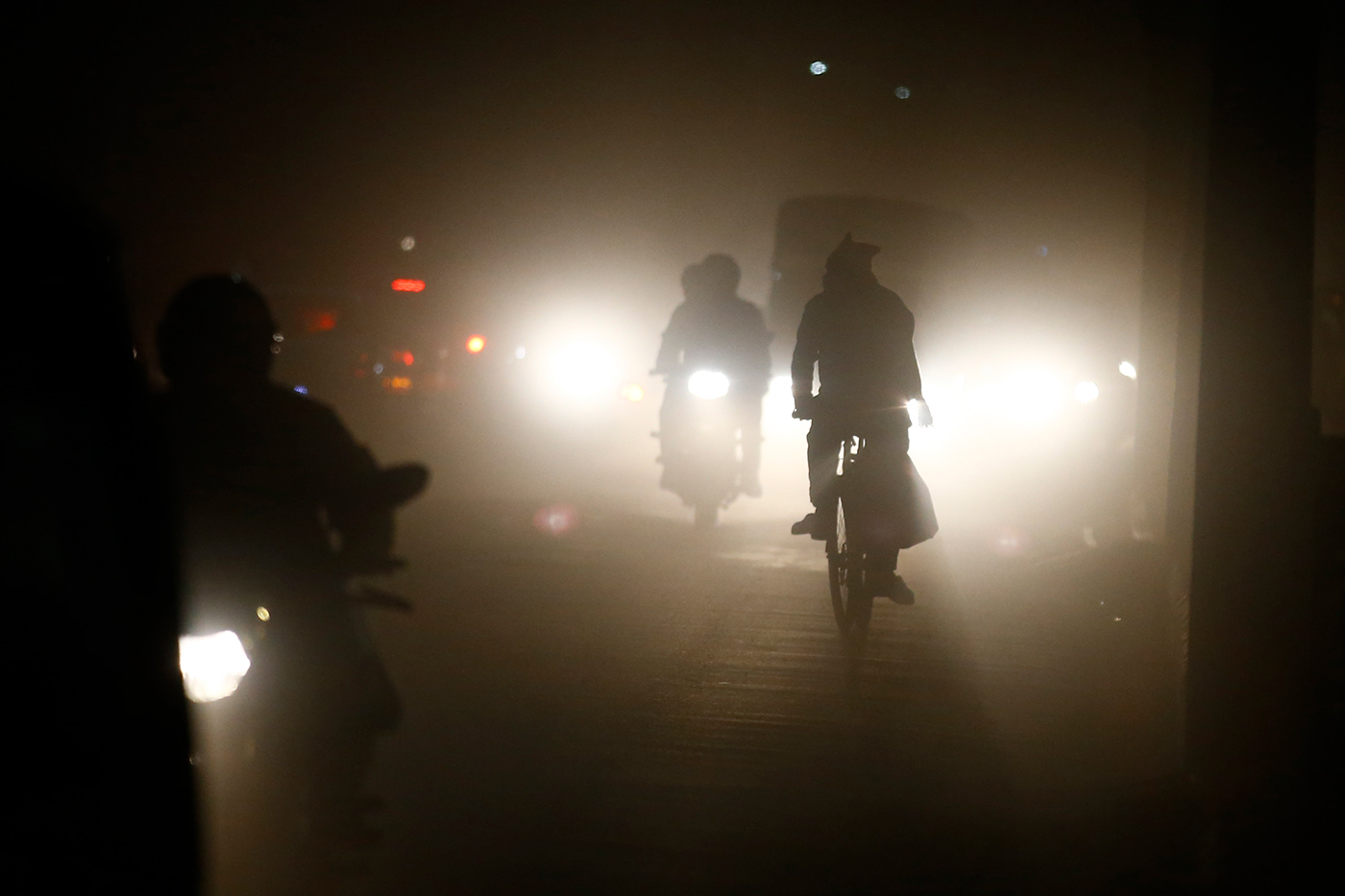Air Pollution: The Silent Killer

Going about everyday life in a city, it might seem trivial to question the air we breathe. However, in recent years, the atmosphere has become one of the most significant battlegrounds in the fight against pollution, which is crucial to be aware of if the war on climate change is to be won.
Although relatively clean in comparison to the rest of the world, Paris is still one of the more air-polluted cities in Europe, outranking London, Madrid, Berlin, Moscow, and Oslo, to name a few.
What sets Paris apart the most from other polluted cities are the leveled of nitrogen dioxide. These levels on several occasions have fluctuated higher than those of both Delhi and Beijing, two cities that have seen the most severe air pollution rates worldwide in the past decade. The gas is produced primarily by vehicle exhaust and industries burning fossil fuels. Under warmer conditions, it can become trapped under the hot layer of air that accumulates during the day, resulting in a visible haze.
“In Europe, more than 11,000 people die prematurely each year due to nitrogen dioxide emissions from diesel engines exceeding standards,” according to the International Council on Clean Transportation.
Traffic on the Champs-Élysées / Image credit: Flickr/ananrocoConsidering all variations of air pollutants, this year the number of premature deaths jumped to 48,000 a year, as reported by the public health agency Santé publique France. This does not account for vulnerability to heart, respiratory, and cognitive dysfunction, which are linked to breathing in unclean air and impact the everyday lives of Paris residents.
Linnea Wingerup a sophomore at AUP, who is Swedish-American noted the palpable contrast between the air in Paris and the air in Skåne, Sweden, where she is from.
“The difference between Parisian air and air in the countryside is very clear, and I do miss fresher air a lot,” she stated.
So, what is being done to solve the problem?
On the governmental level, Paris restricts vehicle use during periods of high levels of pollution and often offers price reductions for public transport in order to get cars off of the road and rapidly diminish smog. The city has also begun restricting traffic to certain areas altogether, including the banks of the Seine.
“This decision confirms our policy of rebalancing public space for the benefit of pedestrians and cyclists and in favor of better air quality,” commenter the Deputy Mayor of Paris, Christophe Najdovski, on his Twitter account, concerning the vehicle ban on the river.
In addition, Paris is one of several French cities operating on the CritAir system, which assigns all vehicles a number from one to five, depending on how economical they are. The most polluting ones, Levels Four and Five, are banned from central Paris during the weekdays.
There are varying stances on whether these efforts are amounting to a substantial change. Madison Coakley a Junior at AUP stated she has seen much worse in terms of air quality, having spent six months out of the past year in Nepal, currently the eighth-most polluted country in the world.
“On the big streets like the Champs Elysées, the pollution is certainly more evident, although in general, I think Paris does a better job handling air pollution than some other cities I’ve lived in, like Kathmandu,” she noted.
Air pollution in Nepal / Image credit: Bēhance/Skanda GautamHowever, many people still feel as though there is not enough being done to protect French residents from the dangers of air pollution. Not only was the French state taken to court by the European Commission for failing to meet EU limits for nitrogen dioxide last year, but just this past summer it was challenged by a mother and daughter who had suffered repository problems from Paris’s high levels of smog.
Their court case ended in a partial victory, as it was ruled by the administrative court in Montreuil that "the state committed a fault by taking insufficient measures concerning the quality of air."
Evidently, it appears that the French government has some room for improvement. The public could be the answer in bridging the gap.
What can people do, then?
When it comes to one’s personal safety, there are a few ways to protect oneself from harmful pollutants.
First and foremost, try to stay clear of busy roads, especially during rush hour and peak traffic times. Exhaust fumes are just as dangerous to people traveling on foot as they are to people in vehicles. Each block can vary in their pollutant levels, as much as eight times, according to the Environmental Defense Fund.
In times of extreme pollution, it is advisable to invest in either a mask or air purifier. It is also possible to track the highly polluted areas of Paris here, using AirParif’s interactive map.
As for the bigger picture, anyone can help to make a difference to Paris’s air quality by using eco-friendly modes of transport, abstaining from burning fires, and most importantly, making one’s voice heard to the officials making environmental decisions.
Climate March in Paris, Saturday 21, 2019 / Image credit: Amy ThorpeParisians turned out to do just that during this week's climate march, proving that air pollution and the global warming crisis at large will not go unnoticed by the city.
“I think air pollution is super important to be aware of,” said Coakley. “Sometimes you don’t even recognize pollution levels until you go from one extreme to the next, or until someone points them out. But either way, I think working to make the air we breathe cleaner should be a priority for everyone.”










